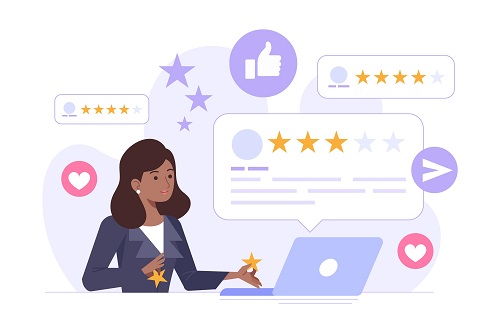The work of HR These tasks makes it crucial for HR professionals to have hr management system for managing HR information more efficiently.
For this reason, many companies today use an HRMS (Human Resource Management System), a combination of systems and processes that combine human resources management and information technology through human resources software. Approval, succession planning, attendance tracking, career progression, performance appraisal, and the general maintenance of employee information within an organization.
Automating the time-consuming and repetitive tasks associated with human resources management frees up some of a company’s most valuable employees and allows the attention to shift to culture, retention and other important fields.
Difference between HRMS, HCM & HRIS
All three describe systems that use the power of cloud technology and information databases to drive human resource management. Vendors, analysts, and marketers seem to use these terms interchangeably. In fact, however, there is a subtle difference between HRMS, HRIS and HCM.
The lines between the three will always be fluid, but here’s a simplified distinction. An HRIS provides basic human resource functions to manage people, policies and processes. HCM covers the area of talent and workforce management, while HRMS solutions offer a variety of comprehensive functionalities, including payroll and benefits, to serve all HR-related functions.
Benefits of HRMS Software for the organization.
The ultimate benefit of an hrms company is having all your employee information in one central repository. This reduces compliance risks, provides a rich data set for decision making, helps motivate employees and makes HR professionals more productive and their processes more efficient.
Let’s dive into the top five business benefits of an HRMS.
Better, Deeper Insights – Without an HRMS, employees and managers create data in multiple places, from spreadsheets to expense apps to paper records, making it impossible to get a comprehensive view of labor costs. With an HRMS, all data is in a single bucket with greater integrity. This enables better and faster decision-making. It is also critical to any workforce planning and analysis initiative, where a company assesses its current workforce and compares that reality to future needs, driven by business objectives. Some of the key benefits here include the ability to identify and address skill gaps before they impact productivity, codify succession plans, and control labor costs by analyzing how overtime or duplicate work hours payments impact financial performance.
With an HRMS, HR teams can also identify early indicators of problems. For example, if high-performing employees in a department leave more frequently than normal, this could indicate a toxic manager. An HRMS can connect the dots and help identify at-risk employees.
Enhanced Employee Engagement – An HRMS is invaluable for developing and retaining talent, something HR leaders are passionate about.
In fact, Harvard Business Review notes that skill development is paramount for younger employees and specifically suggests a mentoring program focused on sharing expertise. Gen Z and Millennials also expect to be regularly polled about their experiences. An HRMS can match senior employees in a department or region with those who may benefit from a virtually conducted mentoring relationship, and conduct and tabulate employee satisfaction and engagement surveys.
All these development activities are then tracked in HRMS to identify development milestones. This helps to keep employees up to date and to retain them in the company.
Process efficiency and a self-service culture: Responding to inquiries or managing large programs such as Tasks such as enrolling in benefits or performance reviews can take up to 40% of an HR professional’s time each week, and in many cases, employees would be more than happy to do the work themselves. Within an HRMS, RR. HH. You can set up a knowledge repository so employees can find answers to frequently asked questions and employees and managers can securely access their own records, aiding HR. HH. Focus on higher value services.
In addition, HR processes that require multiple levels of approval, such as B. the processing of time cards, job applications and vacation requests, can be time-consuming. An HRMS provides approval workflows to automate these and other processes so that approvers are notified when it is their turn to approve (or reject). This can reduce processing time by more than 50% and improve accuracy.
Reduced Overhead – From an IT and capital investment standpoint, the centralized nature of an HRMS, particularly one sold in an entirely cloud-based software-as-a-service model, requires less hardware, data center space, and less Resources for IT and development staff for maintenance, support and training. This streamlines IT spend on HR technology, requires fewer helpdesk staff, and generally improves the satisfaction of full-time users of an HRMS, the HR team itself the place everyone wants to work” is another area that HR professionals are passionate about. However, the candidate’s experience has been largely ignored as information about the job is difficult to come by. Search process for positions outside the company. An HRMS solves this problem by electronically connecting recruiters and candidates through job boards and mobile apps, making the process more convenient and efficient.
HR can even access candidate pooling technology, which accelerates passive recruitment as new positions open up.
In the end all we can say is that a good HRMS solution automates everyday administrative tasks and allows Human Resources to focus on strategic functions, regardless of how big the company is. By developing a HRMS, companies can increase employee engagement and reduce turnover.
Click Here and check other articles.




